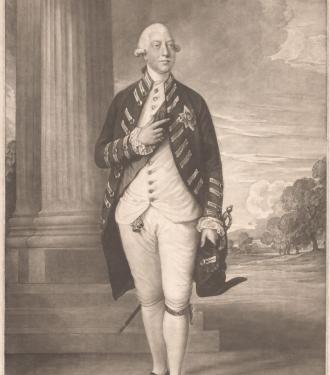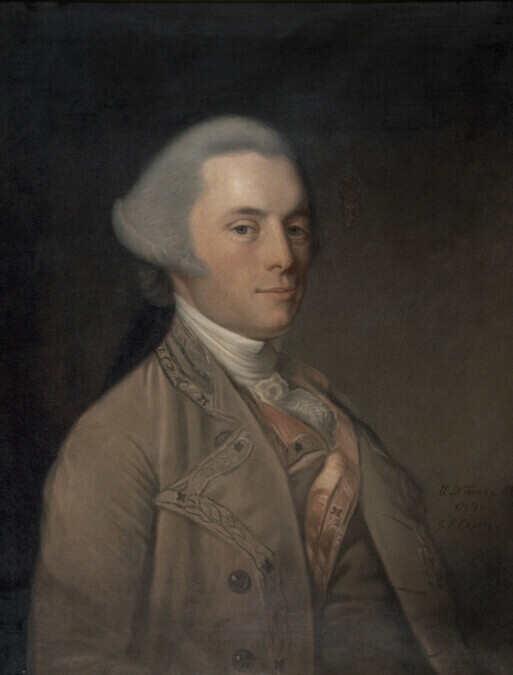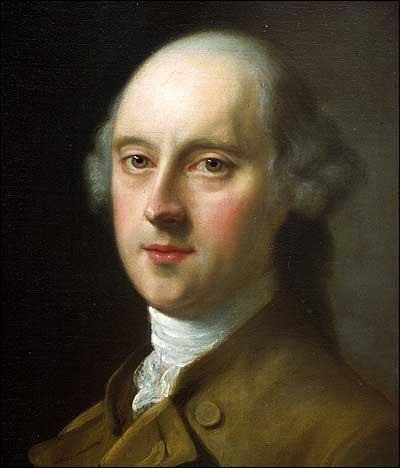Four men in particular figured largely in financing the College’s early years: John Wentworth, William Legge, John Thornton, and George Whitefield
Moor’s Indian Charity School—the school founded by Eleazar Wheelock to teach Indigenous students—relied in part on small donations from individuals, and from groups like the Society for the Propagation of the Gospel in Foreign Parts (SPG). The Connecticut colonial assembly permitted Wheelock to hold one lottery to augment those funds, while the labors of Indigenous students, White charity students, and persons enslaved by Wheelock sustained the daily operations of his farms, home, and the school.1
Founding Dartmouth College, however, was a far more daunting undertaking, requiring significant financial backing and revenue-generating activities. Dartmouth was unlike Harvard, William & Mary, and Yale, in that it did not readily receive construction grants, annual appropriations or in-kind support from its provincial government.2 Nor was Wheelock successful in gaining subscriptions or pledges of future donations. Reportedly, “only two Americans contributed to Dartmouth’s coffers, and these two but a mere £750”.3
Wheelock therefore solicited offers to locate the proposed institution in other regions, before settling on the province of New Hampshire, the sole New England colony without a college. Communities along the Connecticut River as well as on the coast vied by offering land for the school and to Wheelock personally. New Hampshire colonial governors viewed the location as a strategic advantage in their competition with other British colonies and against foreign nations, while rivalries for sectarian dominance among the Anglican SPG; the Presbyterian Society in Scotland for Propagating Christian Knowledge; and the Congregational Church saw the location as staking a territorial claim.
Four men in particular figured largely in the college’s early years: John Wentworth, the last colonial governor of New Hampshire; John Thornton, a London-based merchant and Christian philanthropist; William Legge, the Second Earl of Dartmouth; and Reverend George Whitefield, a leading evangelist of the Great Awakening. Each had particular relationships with, and important roles in, the enterprise of British imperial expansion, Christian evangelism, settler colonialism and the transatlantic slave trade, inextricably tying the founding of Dartmouth itself to these enterprises as well.

King George III of England, after a portrait by Thomas Gainsbourough

Portrait of John Wentworth by John Singleton Copley

William Legge, 2nd Earl of Dartmouth, by Nathaniel Hone, 1777
1. Colin G. Calloway, The Indian History of an American Institution: Native Americans and Dartmouth (Hanover: University Press of New England, 2010); and Leon Burr Richardson, History of Dartmouth College, Vol. 1 (Hanover: Dartmouth College Publications, 1932), p. 41.
2. See Chapter 1, “Colleges in the Colonial Era,” in John R. Thelin, A History of American Higher Education, 2nd edition (Baltimore: Johns Hopkins University Press, 2013).
3. For a detailed discussion of Dartmouth’s financial challenges, see Chapter 3, “The College is Launched,” in Richardson, History of Dartmouth College, pp. 91-145